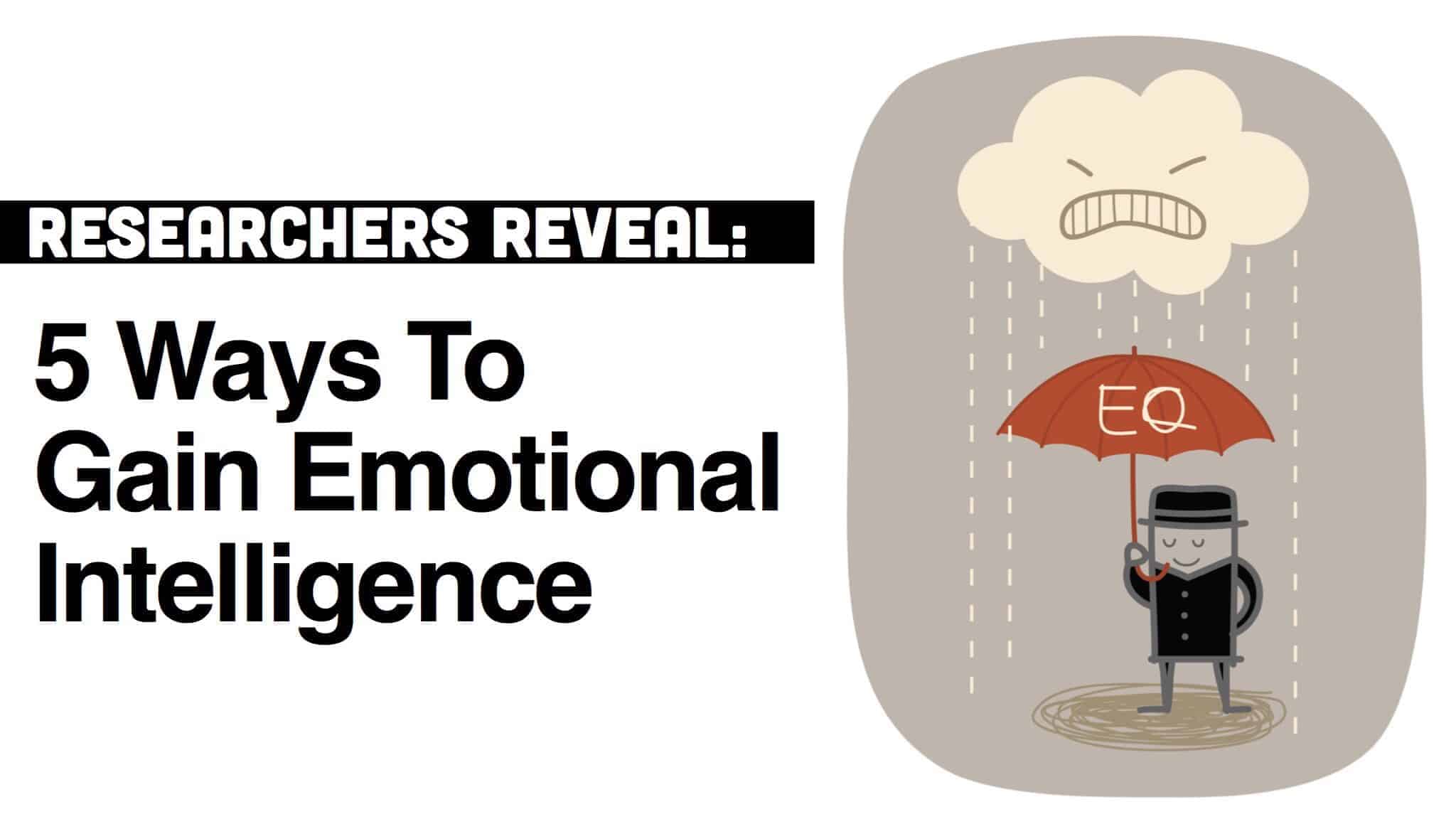Emotional intelligence is a skill that can be strengthened. In fact, it is an important one for building strong relationships with those around us, both in our personal lives and in our careers. We experience emotions both internally with ourselves from our inner thoughts, and externally with the people that we interact with.
The perception, use, understanding, and management of emotions are the parts that make up the skill of emotional intelligence. You may be skilled in one area, but are looking for ways to strengthen your skills in other areas. This article will help you understand, and strengthen each area.
5 Ways To Strengthen Your Emotional Intelligence
Strengthening emotional intelligence is important in many fields, but for teachers, these skills are especially important to correctly assess and prevent learning problems for children who might be struggling either socially or academically. In the textbook Applying Emotional Intelligence, the authors focus on improving emotion-related skills for teachers. They define the emotional intelligence skills of perception, use, understanding, and management of emotions in the following ways:
- Perception of emotion. The ability to perceive emotions in oneself and others as well as in books, movies, or even art
- Use of emotion to facilitate thinking. The ability to use or generate emotions to focus attention, communicate feelings, or engage in other cognitive processes such as reasoning, problem-solving, and decision-making.
- Understanding of emotion. The ability to understand emotional information and the causes of emotions and how emotions combine, progress, and change from one to another.
- Management of emotion. The ability to be open to feelings and employ effective strategies to promote personal understanding and growth.

Belgian researchers looked at how it might be possible to increase emotional intelligence (EI). They had the participants of an experimental group go through a brief emotional intelligence training. As a result, they saw how those who had gone through the emotional intelligence training showed a significant increase in emotion identification and emotion management abilities. They were also able to show that at a 6-month follow-up the training participants still showed stronger emotional intelligence than the control group. The team concluded by saying ‘These findings suggest that EI can be improved and open new treatment avenues.’
1. Use a diary to describe one emotional experience per day
The Belgian research study mentioned in our first item above also used a personal diary. Participants reported one emotional experience daily in addition to other training in emotional intelligence.
In this way, those in the study had to look back at their day. They reflected on the emotional moments they had experienced in order to be able to write about them.
So try journaling about your emotions. Perhaps you’ll gain self-awareness of your own emotional state and what was happening that brought up those feelings. Journal writing is one way to strengthen your emotional intelligence.
2. Reflect on how you can improve your own regulation of emotion
Think about times that you may have lost your temper, cried in front of someone when you didn’t want to, or got easily frustrated. Now think about how you could manage that differently in the future. For example, if you’re feeling like you might cry, you might say to the other person ‘I’m feeling very strongly about this right now. Give me a few moments to compose my thoughts.’
3. Think about how you can identify other people’s feelings
The authors of the textbook chapter on training emotional intelligence for teachers in the classroom suggest a few exercises to strengthen your skills. They say that analyzing the emotions of a recent interaction with someone is helpful ‘Because emotions contain important information about people and the environment (perception of emotion) and identifying one’s own feelings and those of the other person are key factors in how a situation is handled, the first question is ‘How may/was each person feel/feeling?’
4. Look at your thoughts about the other person’s emotions and the results
In the classroom teacher training, the authors say ‘Emotions also influence how we think, and our thoughts influence how we handle a situation (use of emotion).’
They say that we should ask ourselves ‘What were you and the other person thinking about as a result of these feelings?’ Next, in order to understand the underlying causes of the emotional experience (understanding emotion), we should ask ourselves, ‘What may have caused each person to feel the way he/she did?’
Finally, we should ask ourselves, ‘What did you and the other person do to manage these feelings?’ which deals with identifying the specific strategies to manage emotion. You may also have a strong intuition.
5. Write down the non-verbal cues you can hear or see that reflect emotions in yourself and in others
For other people that you see speaking, you may be able to more easily identify non-verbal cues that give away their emotional state. For example, their facial expressions, voice, gestures, or posture serve as valuable clues. In yourself, these may be more difficult to recognize. For example, when your face feels hot and flushed, what emotion are you most likely experiencing? If you said embarrassment or shame, you’d be correct. Think about some other emotions and how your body physically feels when you experience them.
You can also take emotional intelligence tests online to analyze your skills, both here.


















